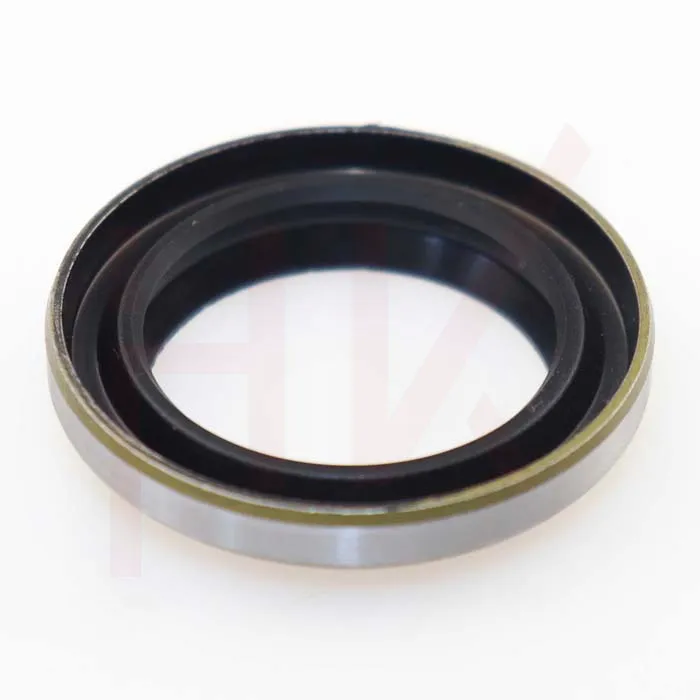Nov . 16, 2024 14:26 Back to list
Hydraulic Wiper Seals for Enhanced Performance in Fluid Power Systems
Understanding Hydraulic Wiper Seals A Key Component in Fluid Power Systems
Hydraulic wiper seals play a crucial role in maintaining the integrity and efficiency of hydraulic systems. These seals are designed to prevent contaminants, such as dirt and dust, from entering the hydraulic cylinder while simultaneously allowing for smooth operation of the system. As hydraulic systems are widely used in various industries, including construction, manufacturing, and automotive, understanding the function and importance of hydraulic wiper seals is essential for any professional working with fluid power systems.
Function of Hydraulic Wiper Seals
The primary function of a hydraulic wiper seal is to protect the hydraulic cylinder from external contamination. Hydraulic systems operate under high pressure, and any foreign particles that enter the system can lead to premature wear, damage, and system failure. The wiper seal acts as the first line of defense, scraping away debris as the piston rod extends and retracts. This ensures a clean environment within the cylinder and reduces the risk of severe damage to other components.
Design Considerations
Hydraulic wiper seals are typically made from elastomeric materials, such as polyurethane or neoprene, which provide excellent wear resistance and flexibility. The design of the wiper seal is critical; it typically features a lip that faces outward toward the environment. This lip is contoured to create a tight fit against the surface of the piston rod, enabling it to effectively remove contaminants while allowing for smooth movement. The design can vary significantly based on the specific application, including factors such as pressure, temperature, and the type of fluids being used.
hydraulic wiper seal

Importance of Regular Maintenance
While hydraulic wiper seals are designed for durability, they are not immune to wear and tear. Regular inspection and maintenance of the seals are vital to ensure optimal performance of the hydraulic system. Signs of a failing wiper seal include leaks, reduced operating efficiency, and visible signs of damage or wear. By addressing these issues promptly, operators can avoid costly repairs and extend the lifespan of the hydraulic system as a whole.
Choosing the Right Wiper Seal
When selecting hydraulic wiper seals, it is essential to consider the specific requirements of the application. Factors such as the diameter of the piston rod, operating temperatures, and exposure to various chemicals all play a significant role in determining the appropriate seal type. Consulting with manufacturers or suppliers can provide valuable insights into the best materials and designs suitable for a particular hydraulic system.
Conclusion
Hydraulic wiper seals might seem like a small component in the grand scheme of hydraulic machinery, but their role is undeniably significant. By preventing contamination and ensuring smooth operation, these seals contribute to the overall efficiency and longevity of hydraulic systems. Therefore, understanding their function, maintaining their integrity, and selecting the right design are crucial steps for anyone involved in the operation and maintenance of hydraulic systems. Investing in quality hydraulic wiper seals not only protects the equipment but also leads to reduced downtime and operational costs, highlighting their importance in the world of fluid power systems.
-
TCN Oil Seal Metal Ring Reinforcement for Heavy Machinery
NewsJul.25,2025
-
Rotary Lip Seal Spring-Loaded Design for High-Speed Applications
NewsJul.25,2025
-
Hydraulic Cylinder Seals Polyurethane Material for High-Impact Jobs
NewsJul.25,2025
-
High Pressure Oil Seal Polyurethane Coating Wear Resistance
NewsJul.25,2025
-
Dust Proof Seal Double Lip Design for Construction Equipment
NewsJul.25,2025
-
Hub Seal Polyurethane Wear Resistance in Agricultural Vehicles
NewsJul.25,2025
-
The Trans-formative Journey of Wheel Hub Oil Seals
NewsJun.06,2025
Products categories
















